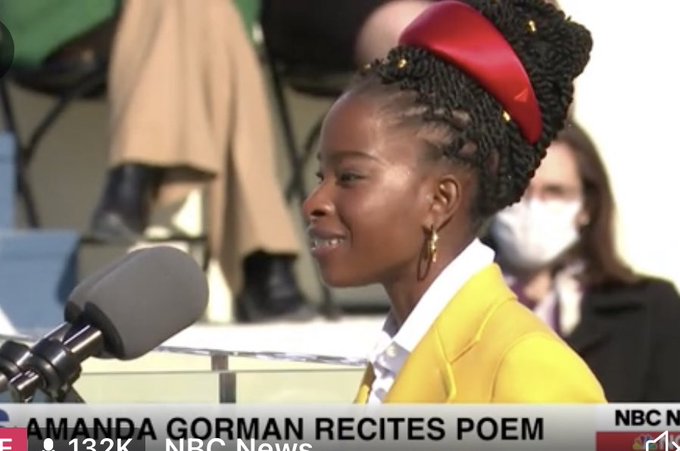Trump’s promise to put coal miners back to work was a failure

In 2016, Republican presidential candidate Donald Trump made a promise to coal miners at a rally in West Virginia. “For those miners, get ready because you’re going to be working your asses off,” he told them, wearing a white hard hat. “We’ll be winning, winning, winning.”
After four years of the Trump administration, coal has been losing, losing, losing. Not that Trump can take the blame (or the credit). Dismal economics have been inexorably displacing coal as the fuel of choice in the US and around the world. Trump made some attempts to stop the bleeding—easing air pollution laws and propping up ailing plants—and in 2017, falsely claimed those efforts were working. “We are putting the coal miners back to work, just as I promised,” he said.
But, the data tell a different story. The number of people employed by the coal mining industry has fallen 15% since Trump took office in January 2017. Despite job losses that temporarily stabilized during his years in office, according to US Bureau of Labor Statistics Data, the trend is continuing. Jobs did not increase, unhelped by Trump’s trade wars and unsuccessful efforts to use the Defense Production Act to prop up coal plants, before the pandemic curtailed coal demand and employment.
Production has followed suit. Despite coal prices remaining stable around $35 per ton over the last decade, production fell during Trump’s years in office to just 706 million short tons, the lowest amount since 1978, according to the US Energy Information Administration.
Coal still generates 38% of global electricity, the largest share of any fuel. But that is falling in many countries as the price of solar, wind, and natural gas dips below coal, cutting into the industry’s profits. During the first half of 2020, global coal capacity fell for the first time since at least the 1950s, reports the nonprofit Global Energy Monitor.
In the US, many coal boilers are now simply too expensive to run. In the last five years, utilities have shut down more than 48 gigawatts of coal-fired generation capacity. The pandemic accelerated that trend: As energy demand dipped, the most expensive sources were taken offline first. In 2021, another 2.7 GW, or 1% of the US coal fleet, is scheduled to be retired. Soon, it will be cheaper to build new solar or wind farms than continue operating old coal plants, accelerating retirements further.
But there remains one bright spot for US coal producers: exports. The rest of the world still has a huge (and in some cases growing) coal fleet. China and India support the industry through heavy state subsidies, and China doubled the pace of new coal permitting last year with least 250 GW of new coal power capacity planned. For now, American coal mines’ only new business is likely to come from overseas.
QZ











